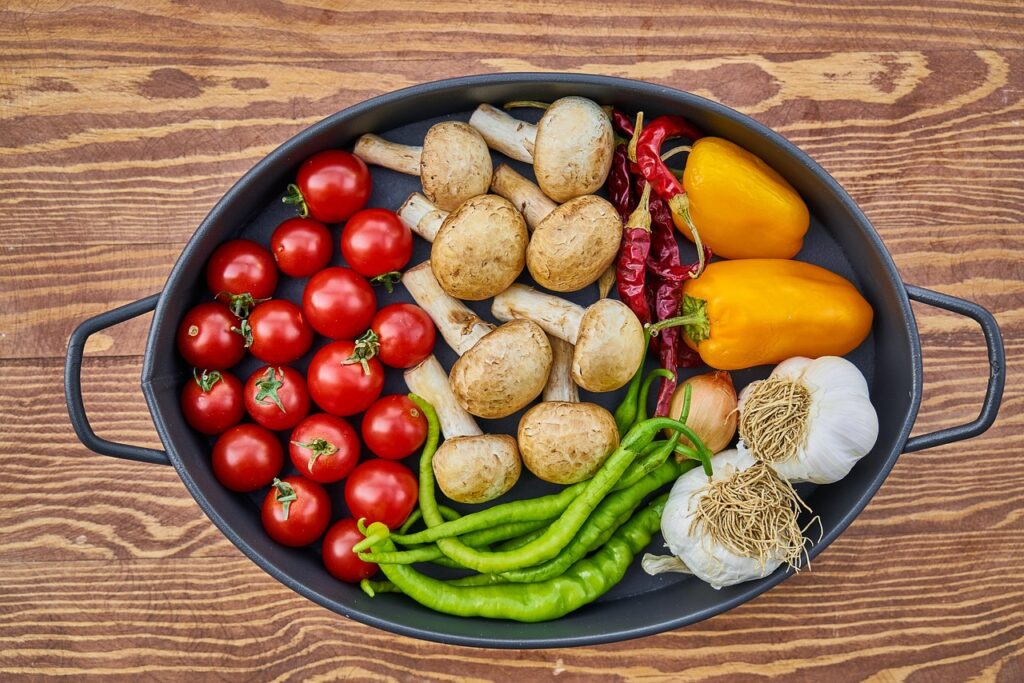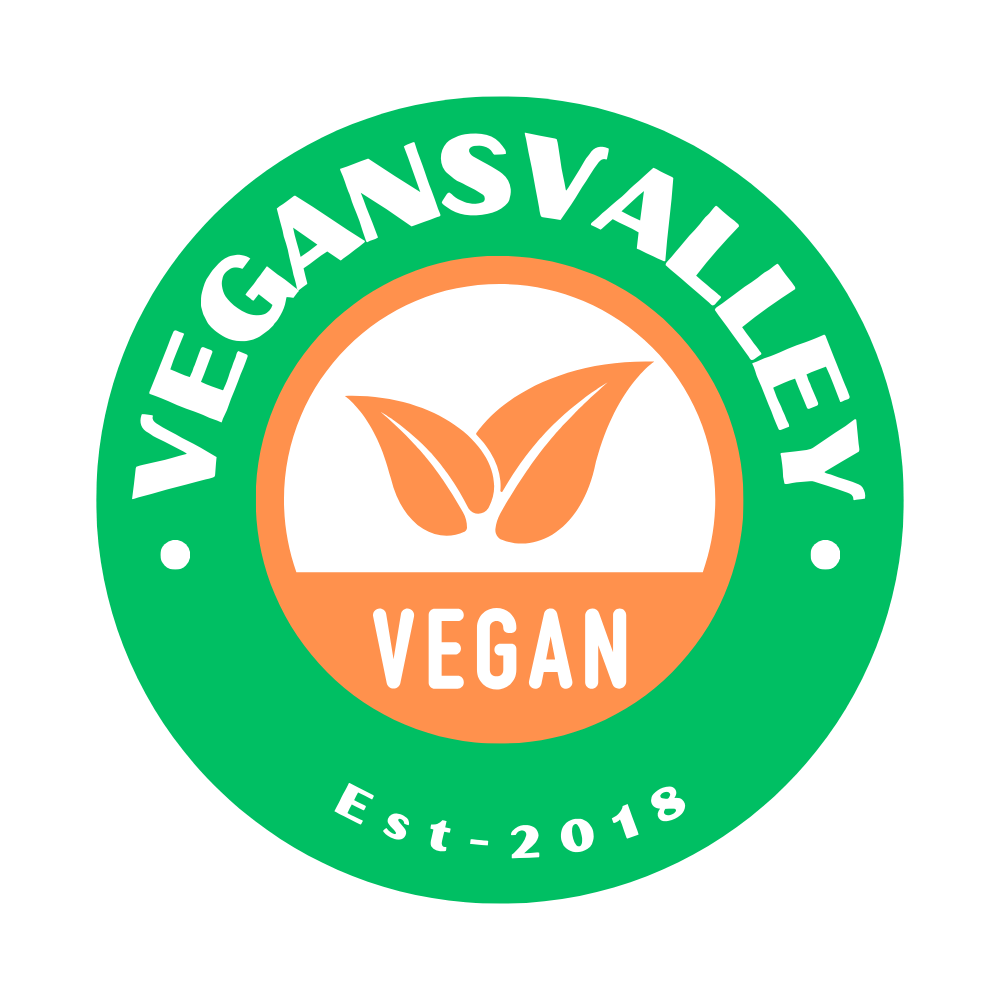How to Start a Vegan Diet for Beginners: Recipes & Meal Plans
Are you curious about how to start a vegan diet for beginners but don’t know where to begin? Fortunately, transitioning to a plant-based lifestyle can feel overwhelming at first; however, with the right guidance, it can quickly become simple, enjoyable, and rewarding. In this guide, we’ll cover everything you need to know—from understanding what a vegan diet is to meal plans and recipes that make it easy to dive in.

What Is a Vegan Diet?
A vegan diet excludes all animal-derived products, including meat, dairy, eggs, and honey. Instead, it focuses on plant-based foods like fruits, vegetables, grains, legumes, nuts, and seeds. More importantly, a vegan diet is not just about avoiding certain foods—it’s about embracing a lifestyle that promotes health, sustainability, and compassion.
How to Start a Vegan Diet for Beginners
Starting a vegan diet doesn’t have to be intimidating. To begin with, here are some simple steps to get you started”
- Educate Yourself: First, understand the basics of veganism. Additionally, learn about the nutritional aspects to ensure you get enough protein, iron, calcium, and vitamin B12.
- Stock Your Pantry: Fill your kitchen with staples like beans, lentils, rice, oats, nuts, seeds, and plant-based milk.
- Start Slow: Transition gradually by swapping animal products for plant-based alternatives. For example, replace cow’s milk with almond milk or meat with tofu.
- Plan Your Meals: Having a plan prevents you from feeling stuck or tempted to revert to old habits. Begin with simple recipes and gradually expand your repertoire.
- Experiment with Recipes: Try new ingredients and recipes to keep meals exciting.
3-Day Vegan Meal Plan for Beginners
Here’s a simple, beginner-friendly vegan meal plan to get you started:
For the First Day:
- Breakfast: Overnight oats with almond milk, chia seeds, and fresh berries.
- Lunch: Chickpea salad wrap with lettuce, cucumber, and tahini dressing.
- Snack: Sliced apple with peanut butter.
- Dinner: Lentil curry with brown rice and steamed broccoli.
On the Second Day:
- Breakfast: Smoothie bowl with banana, spinach, frozen mango, and coconut flakes.
- Lunch: Quinoa bowl with roasted vegetables, avocado, and a lemon-tahini dressing.
- Snack: Hummus with carrot and celery sticks.
- Dinner: Spaghetti with marinara sauce, sautéed mushrooms, and a side of garlic bread.
For the Final Day:
- Breakfast: Toast with mashed avocado, cherry tomatoes, and a sprinkle of nutritional yeast.
- Lunch: Vegan burrito with black beans, rice, salsa, and guacamole.
- Snack: Handful of mixed nuts.
- Dinner: Stir-fried tofu with mixed vegetables and soba noodles.
Easy Vegan Recipes for Beginners
Lentil Curry
Ingredients:
- 1 cup red lentils
- 1 can coconut milk
- 1 onion, chopped
- 2 garlic cloves, minced
- 1 tbsp curry powder
- 2 cups vegetable broth
Instructions:
- Sauté onion and garlic in a pot until translucent.
- Add curry powder and stir for a minute.
- Add lentils, coconut milk, and broth. Simmer for 20 minutes.
- Serve with rice or naan.
Chickpea Salad Wrap
Ingredients:
- 1 can chickpeas, mashed
- 2 tbsp vegan mayo
- 1 tsp mustard
- Lettuce leaves
- Whole-grain wrap
Instructions:
- Mix chickpeas, vegan mayo, and mustard.
- Spread on a wrap, add lettuce, and roll it up.
FAQs on a Vegan Diet for Beginners
How do I avoid feeling hungry on a vegan diet?
Include plenty of whole grains, protein-rich foods like beans and tofu, and healthy fats like avocado and nuts to keep you full.
Can I start a vegan diet without cooking?
Yes! Opt for simple meals like salads, sandwiches, or store-bought plant-based options to ease into the diet.
What’s the difference between vegan and raw vegan?
A raw vegan diet consists only of uncooked and unprocessed plant-based foods, while a regular vegan diet includes cooked options.
Are there vegan books or resources for beginners?
Absolutely! Popular books like Vegan for Life or Thug Kitchen are great starting points.
Wrapping Up: Start Your Vegan Journey Today
Initiating a vegan diet is not only a step toward better health but also a way to support a more sustainable planet. Moreover, by planning your meals, experimenting with recipes, and keeping it simple, you can make the transition smooth and enjoyable. Finally, give yourself grace during the process, and remember—every small change counts!
